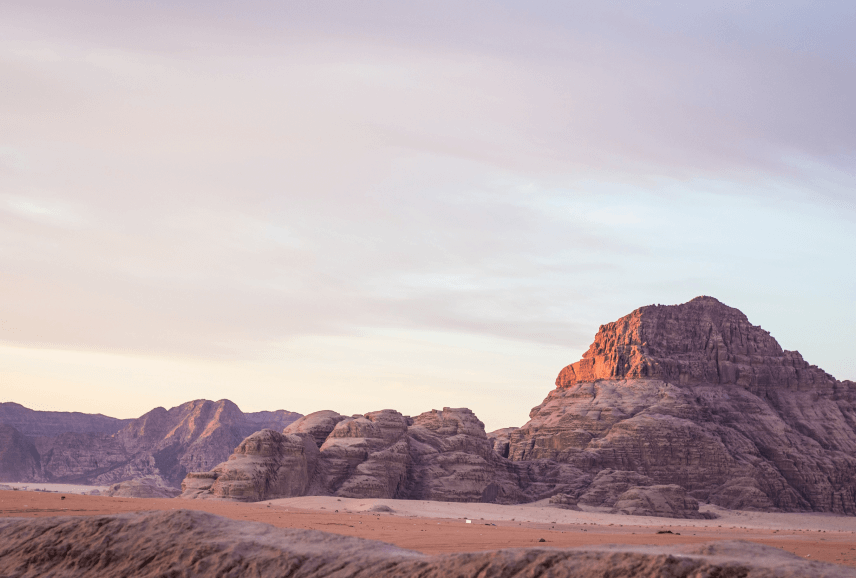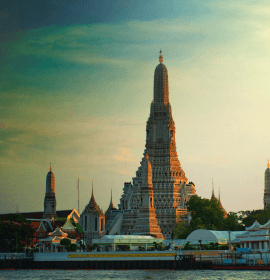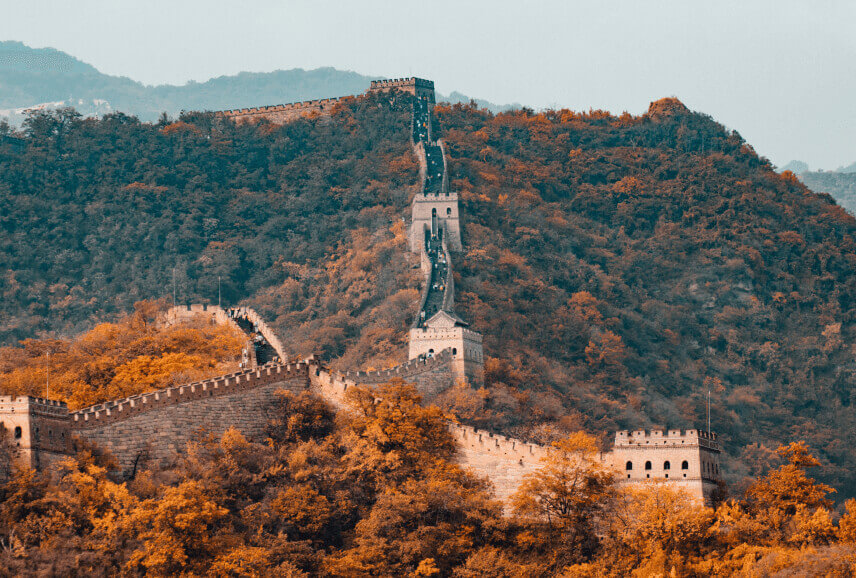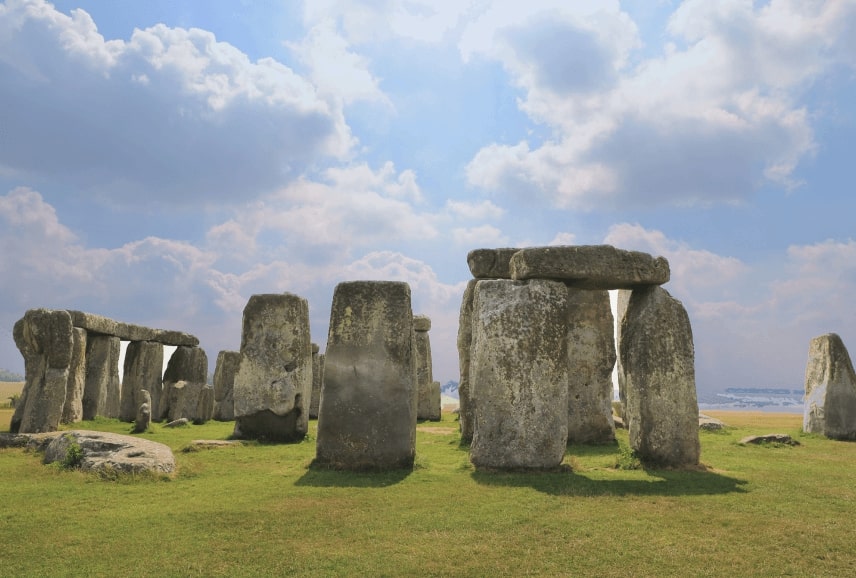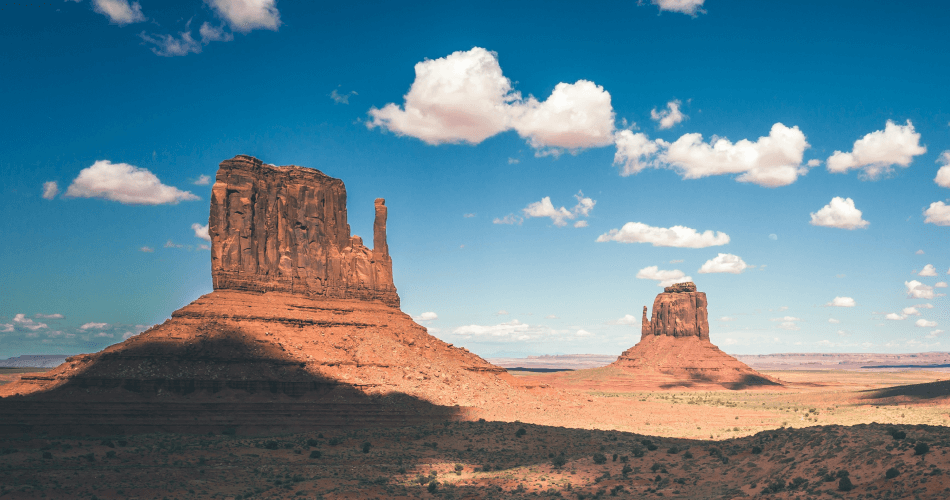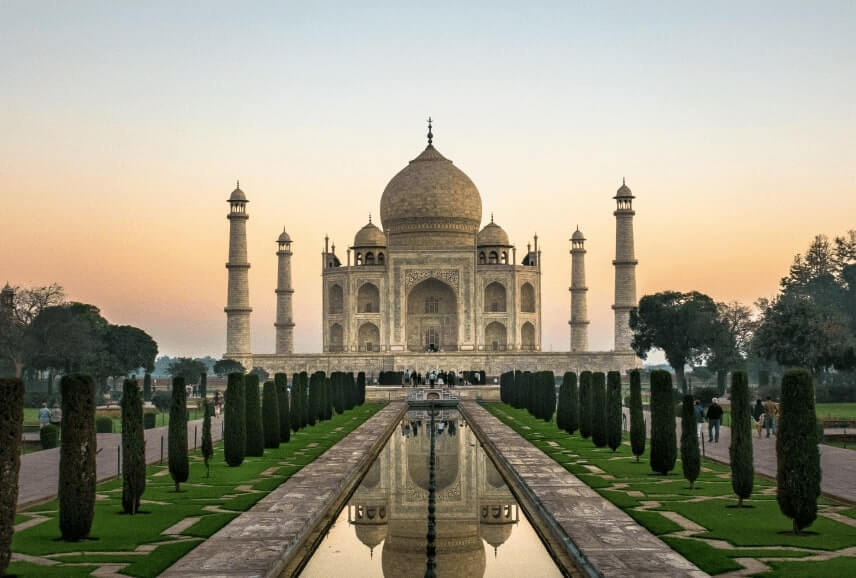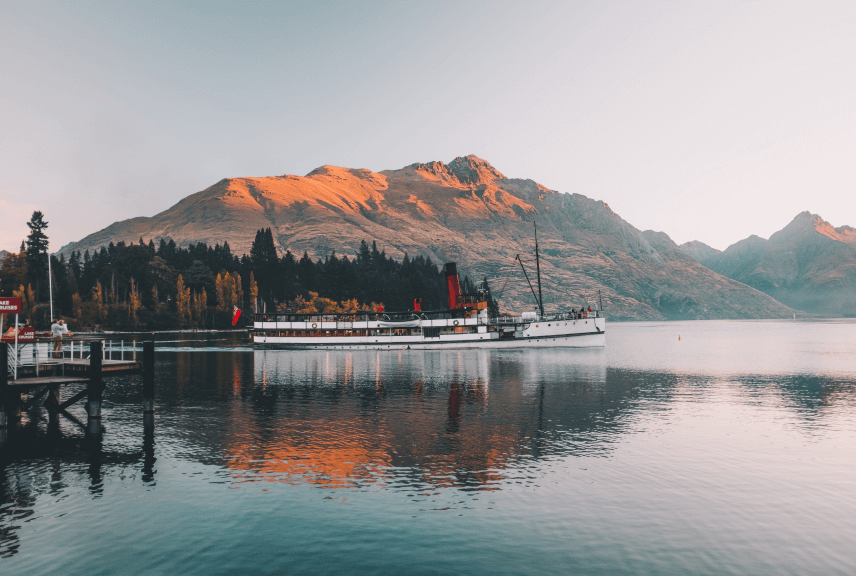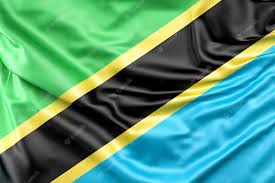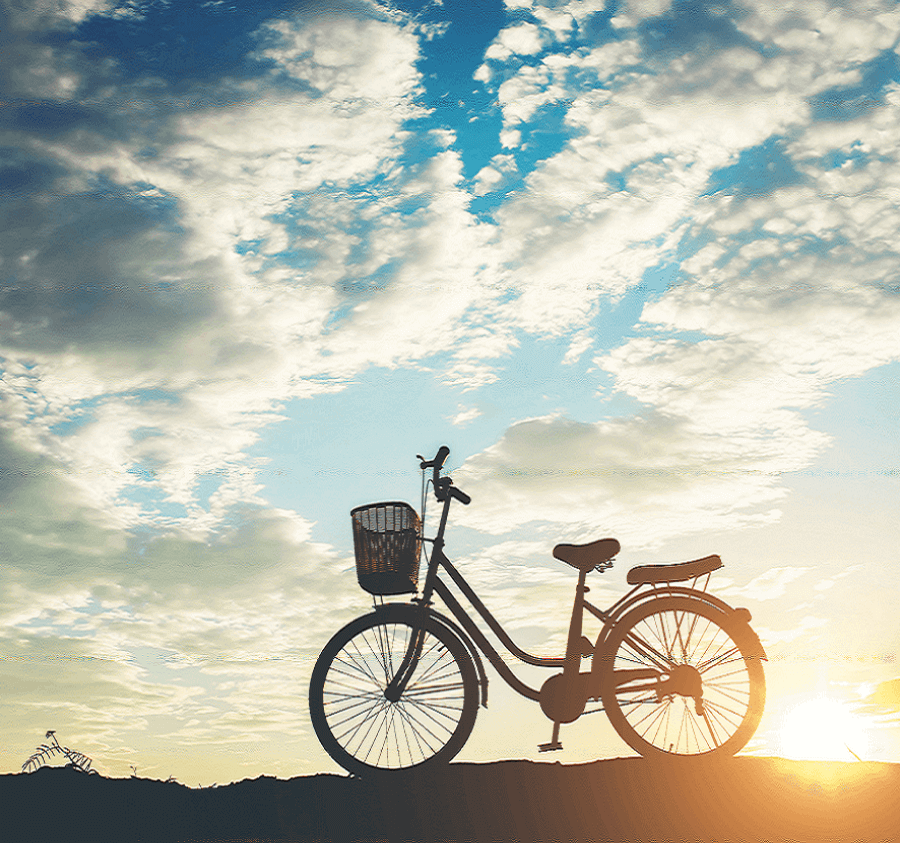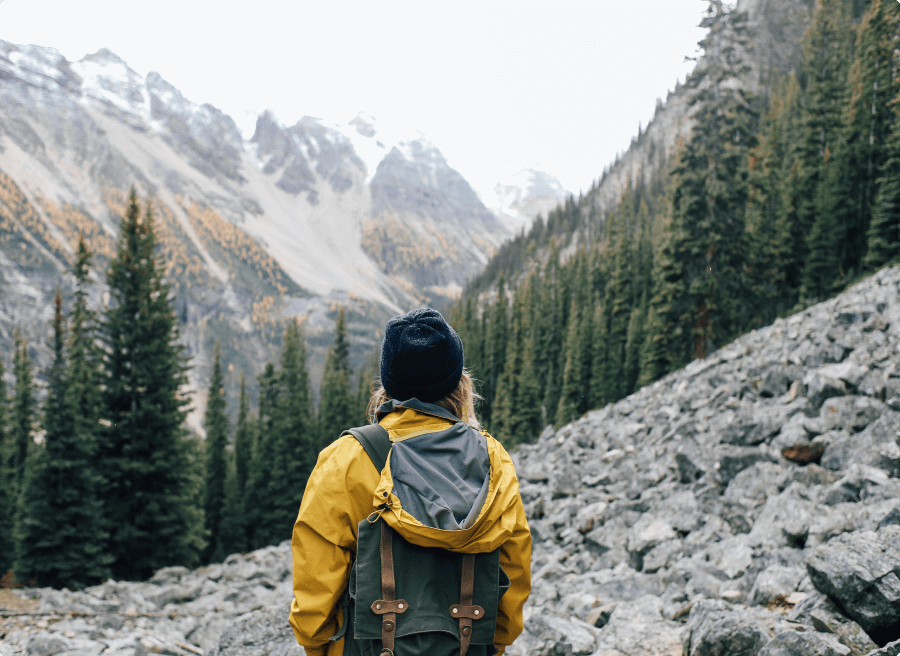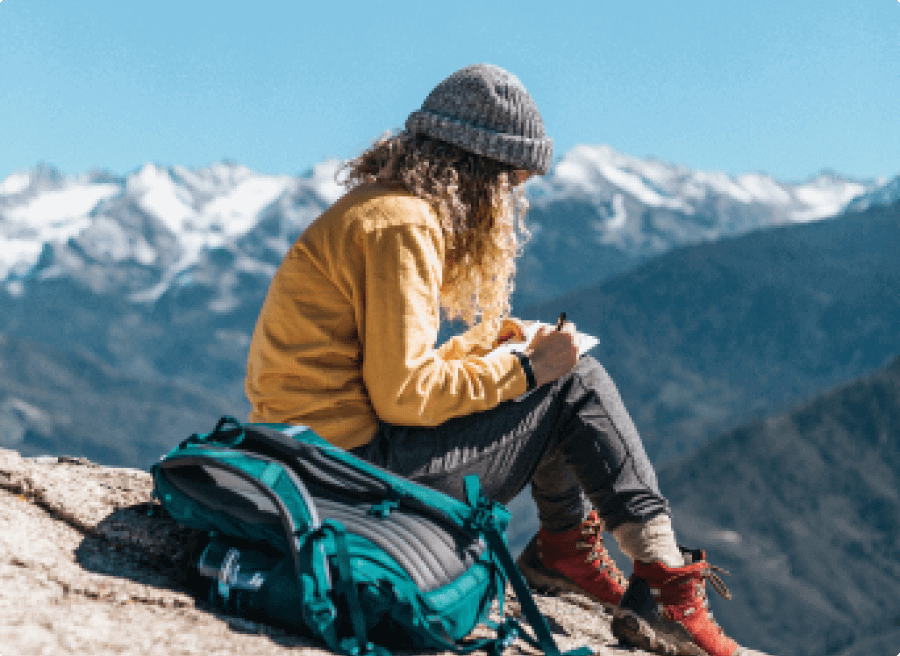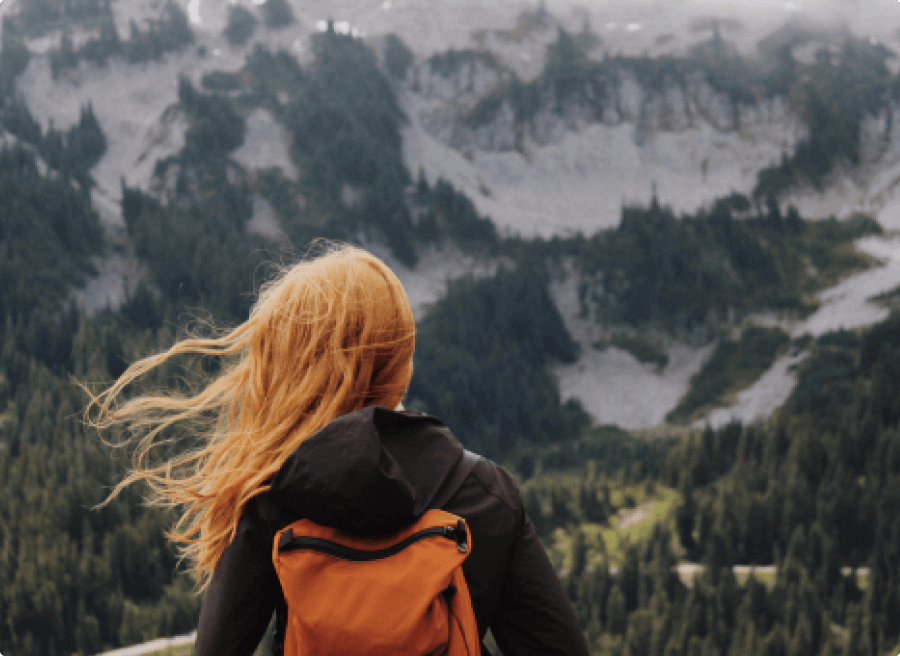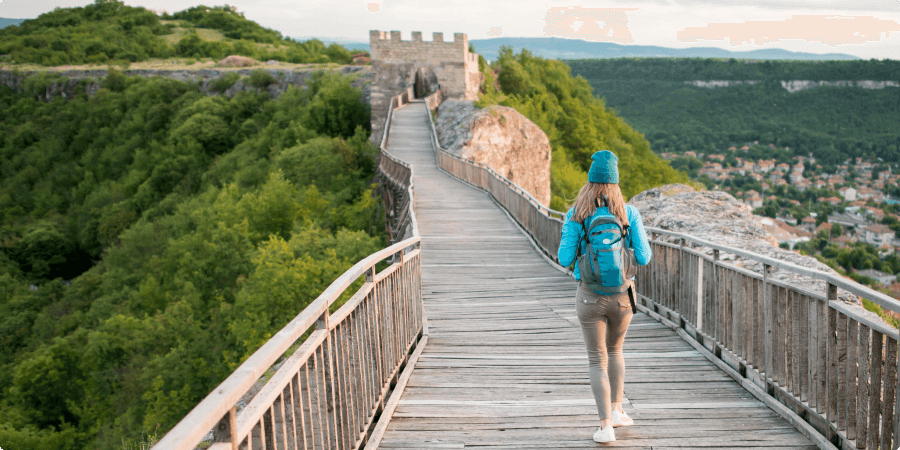Weather and climate
We’re often asked “When is the best time to visit Tanzania”, and the answer is often complex. It will depend on many things including your interests, exactly where you want to visit and why you’re traveling. One person’s best time can be another’s worst! The main factors to influence this are:
The best time to visit Tanzania: weather and climate
Here is a broad guide to the climate of Tanzania – although remember that this comes from records and experience, not from a crystal ball. Weather patterns across Africa are becoming increasingly unpredictable, probably due to global warming; we’re seeing downpours in the middle of deserts and damaging droughts when rains should be falling.
Just south of the equator, Tanzania is huge and its sheer size means that the climate varies considerably within it. However, generally the main rainy season, or the ‘long rains’, lasts during about March, April and May. Afternoon tropical downpours are the norm – which are heavier and more predictable beside the coast and on the islands. The humidity is high and daily temperatures reach the low-mid 30°s.
The long dry season lasts throughout June, July, August, September and October is when rainfall is unusual, even on the islands. Temperatures vary hugely with altitude and location, but it’s usually a fine, clear sky and sunny weather – it’s a great time to visit Tanzania. During November and December there’s another rainy season: the ‘short rains’. These are much lighter than the main rains and less reliable.
If it has rained during the short rains, then it normally dries up for a few months, January and February, which is Tanzania’s ‘short dry season’, before starting to rain again in earnest in March.
The best time to see the great wildebeest migration
|
Many travelers visit Tanzania to see the Serengeti’s great wildebeest migration. Linked to the rainfall, this stunning migration of thousands of wildebeest – accompanied by zebra, gazelle, eland and impala – takes place throughout the year, and follows a fairly predictable pattern, as the wildebeest are constantly seeking fresh grazing and water.
Having said that, the wildebeest migration happens all year – the migration can be found during any given month; you just need to know where to look! The question should really be about the ‘best places’ to see them during a given time of the year – and when visiting them is most enjoyable.
For more information on when and where to see the Serengeti’s great wildebeest migration, please send your inquiry to; booking@setcoguidetz.com
Other Tanzania information
What is Tanzania’s currency? What time is it in Tanzania? How can I make a call to or from Tanzania? When going on holiday to Tanzania for the first time, these are important questions most travelers ask – below we’ve tried to answer these frequently asked queries as well as we can.
Time in Tanzania
Tanzania is three hours ahead of Greenwich Mean Time (GMT+3). It doesn’t operate daylight saving time, hence there’s no time difference between their summer and winter months.
Currency in Tanzania
Tanzania’s currency is the Tanzanian shilling (TZS). At the time of writing (Dec 2022) US$1 = TZS 2,320/=, £1 = TZS 3,100/= , €1 = TZS 2,500/= see www.oanda.com for the latest rates. Most camps, lodges and shops accept US$, very few now accept travelers’ cheques, although most accept credit cards (Visa or MasterCard) but may charge a fee to do so. Buying Tanzania’s currency in Europe or America can be difficult; we highly advised our visitors to wait until they arrive in Tanzania to buy local currency in the banks or bureau de change.
Food in Tanzania
The food served in Tanzanian safari camps varies, but is often delicious – the equivalent of a reasonable restaurant in Europe or America.
In Tanzania’s towns and villages, the food is usually simpler. Plain grilled meat, nyama choma, is very popular, and often served with sauce, rice, chips, plantains or ugali (cornmeal or cassava mush). Indian cuisine is also wide spread. You will find a range of imported wines, beers and spirits in many places, although these can be expensive.
|
The locally brewed beer is good, including Serengeti lager, Safari lager, Kilimanjaro and Castle Lager. Busara & machicha (home brew from the Kurya people of western Serengeti –mara region) Mbege (home brew from the Chagga people) and banana beer
Health in Tanzania
Tanzania is a tropical country and vaccines are sensible (typhoid, polio, tetanus and yellow fever). Malaria is common and occurs all year round; you must take anti-malarial measures, especially in areas below 1800m! Always check the latest recommendations with your clinic or doctor – more travel info on Tanzania is provided by the Scottish NHS.
In Tanzania, HIV infection rates are high; AIDS is prevalent here. This isn’t usually an issue for visitors, but they should be aware of the situation, and take the same sensible precautions to avoid infection which are wise in most countries. We understand that blood supplies used by the private hospitals in Tanzania have been carefully screened for many years.
Language in Tanzania
Kiswahili and English are the official languages and spoken by most people living in Tanzania; as well as this, there are many ethnic groups, speaking localized languages and dialects. Try to learn some basic Kiswahili before you come, to help you enjoy your trip more! The word like;
Jambo = Hello!
Asante = Thank you!
Karibu = Welcome!
Laundry in Tanzania
Virtually all camps and lodges have a laundry service, although sometimes, because of Tanzanian`s tradition & custom women’s underwear cannot be included.
SHOPPING
Most hotels and lodges have gift shops with a selection of local crafts and souvenirs. There are also a few roadside stalls and shops that you will pass en route. You will find some interesting woodcarvings, paintings and batiks. Precious stones and jeweler are also a specialist.
CLOTHING AND EQUIPMENT
|
Clothes for safari should be light, comfortable and not too brightly colored as other may attract tsetse fly, khaki color is highly recommended. There is little or no requirement for anything formal. A light jacket or sweater may be needed in the evenings at higher altitudes; comfortable walking shoes are an essential, as is a hat to keep off the sun, and sunglasses. Don’t forget a swimming costume for use at the lodge pools.
Most people bring binoculars and/ or cameras and video equipment with plenty of tape or film. Zoom or telephoto lenses are likely to be useful. Film/Memory card is also available at most lodges/camps but can be expensive. Please make sure to bring sufficient for your personal use.
Most of the better hotels and lodges will spray rooms and provide mosquito nets, but do bring your own insect repellent sprays.
